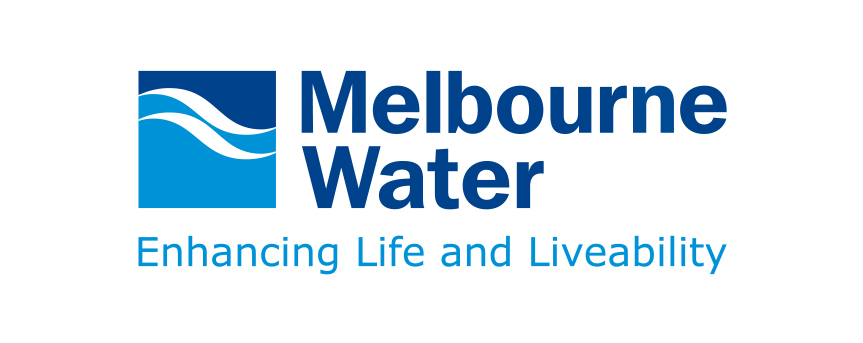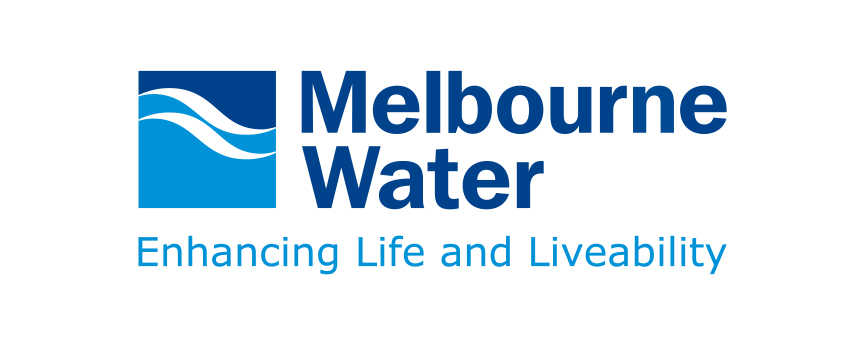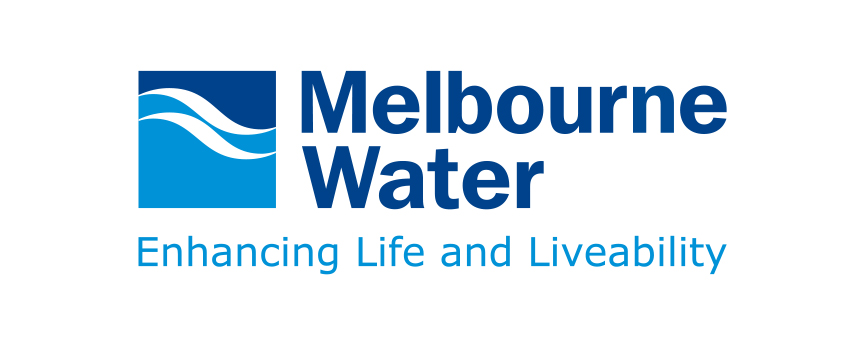Information
-
Retarding Basin Name
-
Asset No
-
Weather
-
Location
-
Depth of water in Basin
Flow in Outlet
-
undefined
-
Conducted on
-
Prepared by
Pre-Inspection
-
• Plan Inspection – Choose RB’s in a similar area. (Refer to Inspection program)
• Print previous inspection reports, GIS map of RB’s, review plans on inflow (if available)
• Notify someone if you plan to work alone.
• Review TRA, and ensure it is available during inspection.
Risk Considerations
-
• Working alone at remote locations - lack of communication.
• Slips trips and falls by walking on natural uneven ground
• Cuts and abrasions from vegetation
• Collision with animal or other vehicle.
• Risk of drowning by falling in the basin or any other watercourse
• Abuse from hostile visitors or community.
• Fall from heights
• Bites or stings (bees/wasps, snakes, mosquitos, spiders etc.
Deliverables
-
• Completed Inspection checklist (attached)
• Map of Retarding Basin showing the location of Actioned items.
• Labelled photographs of Action items
• Photographs of entire inspection.
Good to Go Assessment
-
•Before you start work
•After an extended break or
•When circumstances change -
Are you doing high risk construction work?
-
Identify threats
- No threats - Good to Go
- 1 or 2 Threats - Proceed with Caution
- More than 3 Threats - Stop
-
Embankment
Embankment - Upstream face of wall
-
Potential issues - Erosion through the dam embankment leading to dam breach/ failure.
Whirlpool or vortices would be associated with significant downstream leakage). -
Are there noticeable patches of fresh growth grass or patches that have died can indicate potential wet patches/seepage?
-
Is there an unusual increase in monitored seepage?
-
Is there new seepage, indicated by wet patches on the downstream slope of the embankment?
-
Are there any variation in colour /clarity in any seepage water due to soil particles (evidence of internal erosion/ piping)?
-
Photos of downstream embankment
-
Any additional comments?
Embankment - Downstream face of wall
-
Potential issues - Erosion through the dam embankment leading to dam breach/ failure.
Whirlpool or vortices would be associated with significant downstream leakage). -
Are there noticeable patches of fresh growth grass or patches that have died can indicate potential wet patches/seepage?
- Yes
- No
- N/A
-
Is there an unusual increase in monitored seepage?
-
Is there new seepage, indicated by wet patches on the downstream slope of the embankment?
-
Are there any variation in colour /clarity in any seepage water due to soil particles (evidence of internal erosion/ piping)?
-
Is there a whirlpool (vortices) in basin?
-
Photos of upstream embankment
-
Any additional comments?
Embankment Piping (please note in comments if on upstream or downstream face)
-
A flow path can be created along the outside of the pipe, or along dead tree roots.
Pipping can lead to rapid erosion of the embankment. -
Is there any sign of a structurally damaged pipe, such as a collapse or fracture or joint failure? ?
-
Are there signs of erosion along the alignment of the outlet to the exit structure?
-
Any materials being transported by seepage flows at existing or new areas (such as discoloured seepage water or sediment deposits)?
-
Are there trees/shrubs growing on the embankment (which could lead to flow path through the embankment along the tree roots) (If yes are they dead or are they growing?).
-
Photos
-
Any further comments
Embankment Cracking (please note in comments if on upstream or downstream face)
-
Shrinkage cracks allow water to enter the embankment and weaken it.
Severe cracking can lead to seepage. -
Is there severe cracking with or without leakage on the embankment?
-
Is there shrinkage cracks that may result in an open pathway?
-
Any whirlpools visible in the dam?
-
Photos
-
Any further comments
-
Add media
Embankment Movement (please note in comments if on upstream or downstream face)
-
Structural/slope instability of the embankment or seepage path through embankment, which may lead to dam breach or failure.
-
Is there signs of movement or excessive and/or differential settlements in the embankment?
-
Are there signs of embankment slides or slumps or evidence of slides occurring (longitudinal cracking)?
-
Photos
-
Any further comments
Embankment Sinkhole (please note in comments if on upstream or downstream face)
-
A sinkhole or void within or close to the embankment could cause localised caving, sloughing, and instability or reduced embankment cross-section.
-
Is there a sinkhole within the basin at close vicinity of the embankment?
-
Are the any followups required with Dam owner/s? Please detail
-
Photographs
-
Any further comments
Embankment Erosion (please note in comments if on upstream or downstream face)
-
Degradation of embankment, & sometimes reduction in crest levels, which will reduce factor of safety of embankment and may lead to failure.
-
Is there any erosion along the embankment?
-
Are there erosion gullies developed on the surface of the embankment?
-
Is there surface depression, soft spots and boggy areas, which could lead to uncontrolled seepage through the embankment?
-
Is there excessive settlement in the embankment? <br><br>This could be due to wheel ruts from vehicles or improper grading following initial construction.
-
Are there defects in the erosion protection that could lead to localised erosion? Poor grass cover on embankment
-
Photos
-
Any further questions
Embankment Other (please note in comments if on upstream or downstream face)
-
Any damage that could lead to embankment failure.
Pest and other animal activities can lead to embankment failure. -
Is there any other physical damage to the embankment?
-
Is there vermin / animal damage such as rabbits and fox’s; in the embankment may be the initiation of an erosion hole?
-
Photos
-
Any further questions
Outlets
Structural Defects in Outlet works
-
Damaged outlet pipe leading to soil erosion around the embankment wall could lead to structural failure.
Blockage can increase the possibility of the basin filling. -
Is there a break/damage in the outlet pipe?
-
Is there a sinkhole or subsidence around the outlet?
-
Is the outlet blocked? Or is there potential for blockage?
-
Is there a build-up of debris or silt before the outlet?
-
Is there vegetation growing around the outlet that could partially or fully block the outlet?
-
Are there handrails around the outlet that are damaged?
-
Is there missing or non-legible safety signs?
-
Are there concrete cracks or spalling?
-
Photos
-
Any further comments
Inlets
Structural Defects in Inlet works
-
Is the inlet an underground pipe with headwall?
-
Is the inlet an open channel / waterway?
-
Is there vegetation growing around the inlet that could impact flows?
-
Are there handrails around the Inlet that are damaged?
-
Is there missing or non-legible safety signs?
-
Are there concrete cracks or spalling?
-
Photos
-
Any further questions
Spillway
Embankment Spillway
-
Reduces the capacity of the spillway. Could lead to embankment overtopping.
-
Is the spillway earthen material? If so comment on the grass coverage)
-
Is there more than one spillway?
-
Is there any erosion around the spillway?
-
Is there vegetation growing around the spillway?
-
Is there something blocking the spillway?
-
Photos
-
Any further comments
High flow spillway / Gloryhole
-
Is there any issues with the High Flow outlet?
-
Is there any concrete damage?
-
Are there any public safety concerns?
-
Are there any safety signs?
-
Photos
-
Any further comments
Signage
-
Is there a MWC advisory sign?
-
Is there a MWC advisory sign?
-
Is there any other safety signs damaged?
-
Photos
-
Any further comments
Access
-
Is the Retarding Basin open to the public?
-
Are there gates restricting vehicular access?
-
Are there missing MWC locks on gates?
-
Are there any holes within boundary fences that compromise security?
-
Photos
-
Any further comments
Safety
-
Safety should be considered for both maintenance workers and the public.
-
Is there a fall from heights anywhere within the basin? E.g. Outlets, Inlets, pedestrian bridges etc..
-
Is there any other missing locks on grates?
-
Are there any slips trips and falls?
-
Is there any other inadequate handrails/grills and grates?
-
Photos
-
Any further comments
Other
-
Increased possibility of water overtopping the embankment that could lead to structural failure.
-
Is there dumped rubbish within the basin that can lead to a blockage of the outlet?
-
Is there offensive graffiti within the Retarding Basin?
-
Is there any vandalism that should be reported? (Intended damage)
-
Is there a build-up of silts, debris or vegetation along the watercourse/ drain within the Basin?
-
Are there any other concerns?
-
Photos
-
Any other comments
Previous report
-
Reassess Item
-
Have you read the previous report ?
-
Are there any additional Action Items from the previous report that requires a follow up?
Other
-
Notes and comments and actions to be completed arising from the audit
-
Are the any followups required ? Please detail
-
Any sketches can be provided here
-
Does a Service request needs to be raised for any maintenance Action Items identified ?
Signoffs
-
Please sign electronic signature here?









